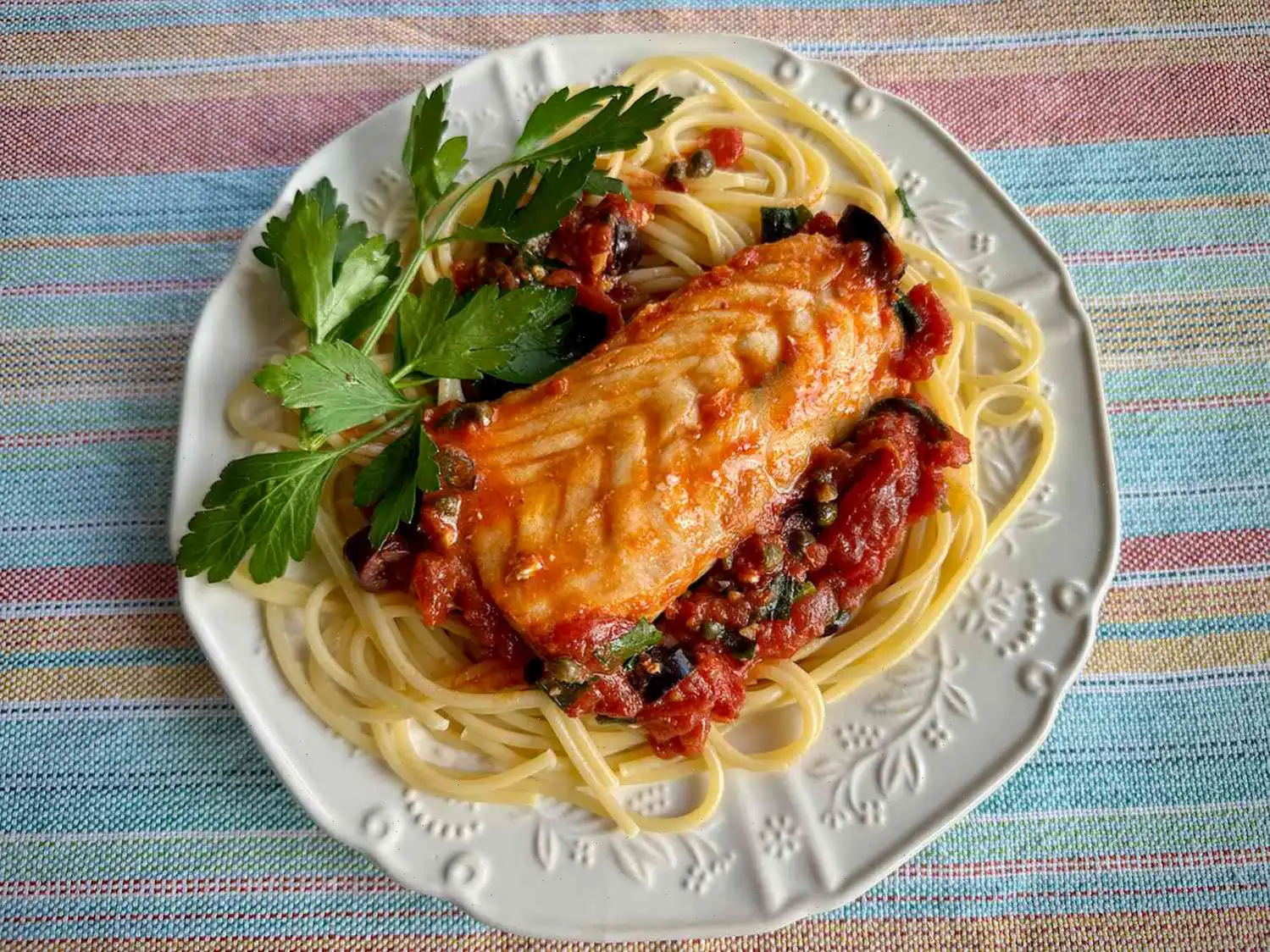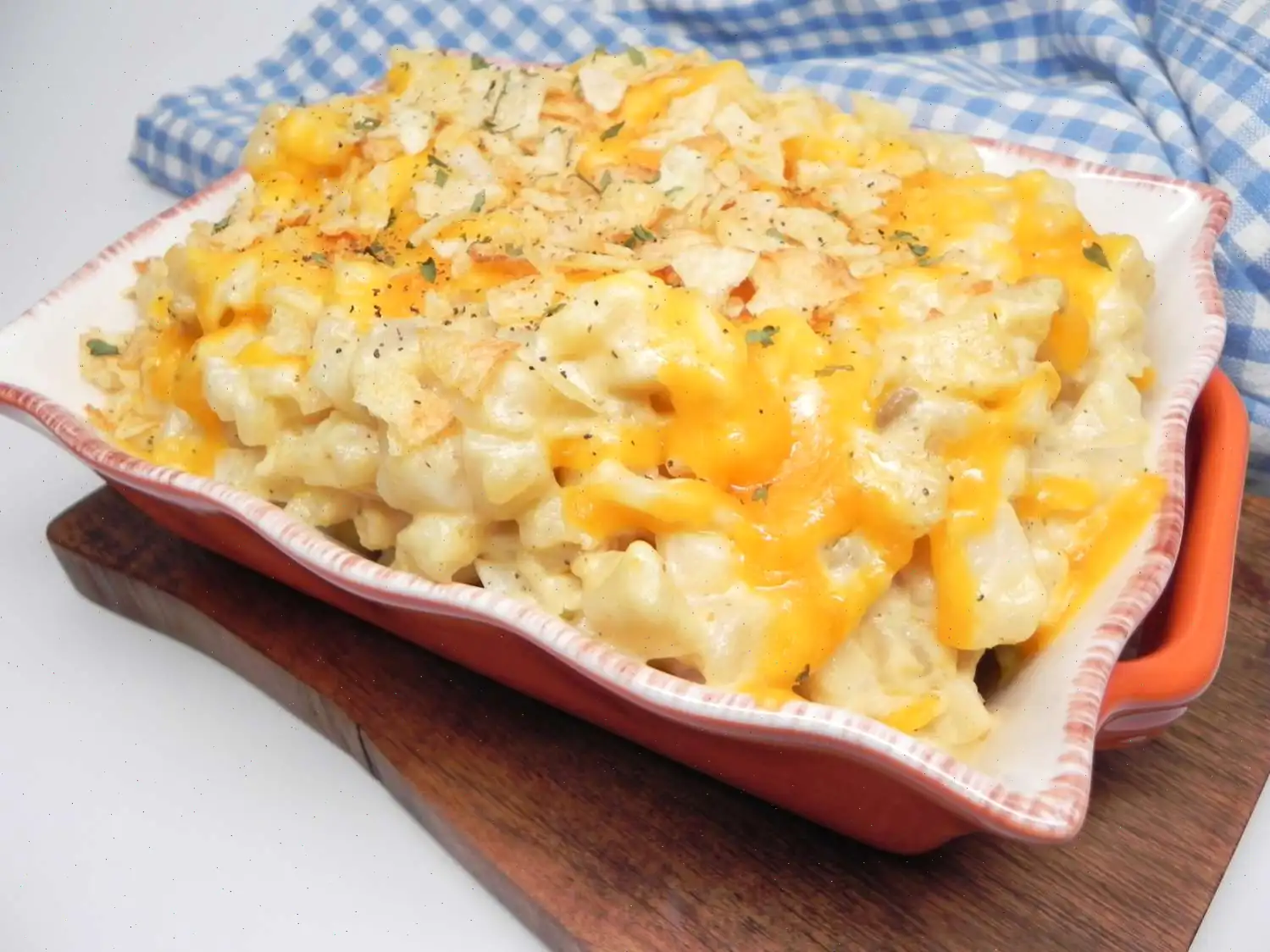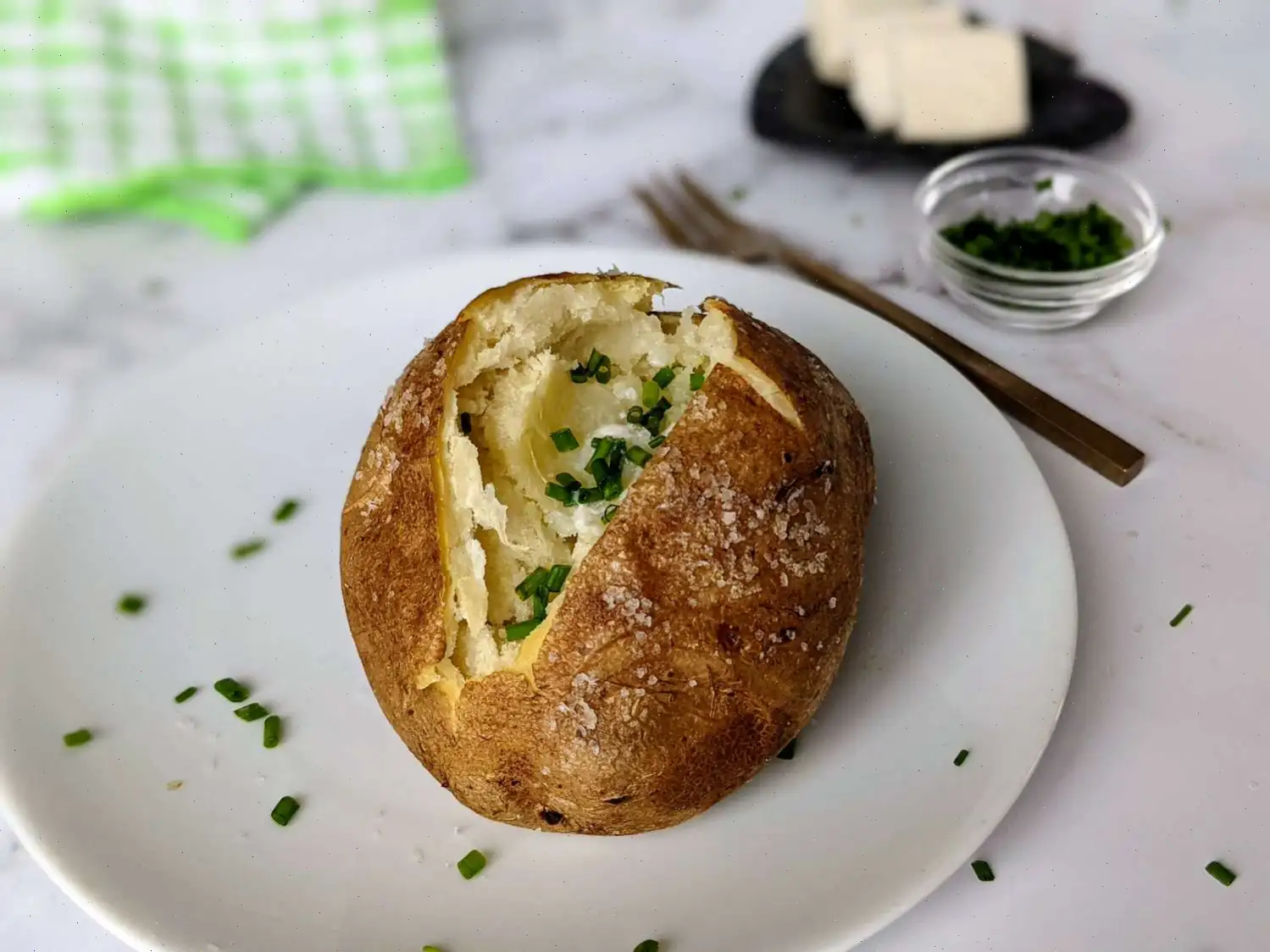
Fish Puttanesca Recipe
Ingredients
- 1/2 pound spaghetti
- 2 tablespoons olive oil
- 2 tablespoons drained capers
- 1 tablespoon anchovy paste, or to taste
- 4 cloves garlic, peeled and thinly sliced
- 1 teaspoon crushed red pepper (optional)
- 1 (28 ounce) can whole, peeled San Marzano tomatoes
- 1/2 cup pitted and sliced Kalamata olives
- 2 tablespoons minced fresh Italian parsley
- Salt and pepper to taste
- 4 (6 ounce) cod filets, or other mild white fish
- Fresh Italian parsley sprigs for garnish (optional)
Directions
Step 1: Bring a large pot of lightly salted water to a boil. Once boiling, add spaghetti and cook, stirring occasionally, until tender yet firm to the bite, about 12 minutes.
Step 2: While the spaghetti is cooking, heat olive oil in a large skillet over medium-low heat until it shimmers. Add the capers, anchovy paste, garlic, and red pepper (if using). Stir frequently and cook until the garlic becomes soft and fragrant, around 2 minutes.
Step 3: Drain off about 1/2 cup of the liquid from the tomato can and discard. Crush the tomatoes with your hands, and add them to the skillet with the remaining juice. Stir in the olives and minced parsley. Season the sauce with salt and black pepper to taste.
Step 4: Bring the sauce to a boil, then reduce the heat to a simmer. Add the fish filets to the skillet, making sure the sauce is bubbling occasionally but not boiling. Cook the fish for 8 to 10 minutes, spooning the sauce over the fish occasionally. The fish is done when it flakes easily with a fork. Thin filets may cook more quickly, so check earlier. An instant-read thermometer inserted into the fish should read 145F (63C).
Step 5: Once the spaghetti is done, drain and divide it evenly between 4 serving dishes. Place one fish filet on each dish and ladle the sauce over the top. Garnish with fresh parsley sprigs if desired.
Cooks Note
I did not salt the fish before adding it to the sauce, as the combination of olives, capers, and anchovies provided enough seasoning. If you want to serve this dish with a side, I recommend preparing a salad, a green vegetable, or some bread beforehand, as this recipe comes together quickly once you start cooking.
Nutrition Facts (per serving)
- Calories: 518
- Total Fat: 25g (32% DV)
- Saturated Fat: 4g (18% DV)
- Cholesterol: 132mg (44% DV)
- Sodium: 777mg (34% DV)
- Total Carbohydrate: 26g (10% DV)
- Dietary Fiber: 5g (19% DV)
- Total Sugars: 6g
- Protein: 47g (94% DV)
- Vitamin C: 29mg (32% DV)
- Calcium: 153mg (12% DV)
- Iron: 4mg (20% DV)
- Potassium: 1154mg (25% DV)
Percent Daily Values are based on a 2,000 calorie diet. Your daily values may be higher or lower depending on your calorie needs.
History and Origins of Fish Puttanesca
Fish Puttanesca is a modern adaptation of the classic Italian pasta dish, Spaghetti alla Puttanesca, which originated in Naples during the mid-20th century. The original puttanesca sauce was a quick, flavorful mix designed to be prepared with pantry staples such as olives, capers, garlic, and anchovies. Legend has it that the dish earned its cheeky name, which loosely translates to "in the style of the prostitutes," because it was easy to make between clients visits or late at night when fresh ingredients were scarce. The fish version evolved as coastal Italian communities, especially in Southern Italy, sought to incorporate fresh seafood into their traditional meals, resulting in a lighter, protein-rich twist that pairs beautifully with the pungent sauce.
Regional Variations
Fish Puttanesca is most commonly associated with Southern Italy, particularly Naples and the Amalfi Coast, where fresh seafood is abundant. In Campania, cod or other white fish is often used, whereas in coastal Liguria and Sicily, variations may include sea bass, hake, or even sardines. Some regions emphasize the spiciness of the sauce with more crushed red pepper, while others focus on the briny depth of capers and olives. Herbs also vary regionally: while Italian parsley is standard, Sicilians might add a hint of oregano or fresh basil to enhance the Mediterranean flavor profile.
Differences from Similar Dishes
Unlike traditional Spaghetti alla Puttanesca, which typically features only the sauce over pasta, Fish Puttanesca integrates tender fish fillets directly into the sauce, creating a heartier, protein-focused dish. Compared to seafood fra diavolo, another spicy Italian seafood pasta, Fish Puttanesca emphasizes briny flavors from olives and capers rather than sheer heat from chili peppers. Additionally, the anchovy paste in puttanesca gives the sauce a subtle umami richness that distinguishes it from lighter tomato-based fish sauces.
Where It Is Typically Served
Fish Puttanesca is a versatile dish enjoyed in both home kitchens and upscale Italian restaurants. In Italy, it is commonly served as a dinner entre or a special weekend meal, often accompanied by a crisp green salad, crusty bread, or a light white wine such as Vermentino or Pinot Grigio. In restaurants abroad, it is frequently offered as a signature seafood pasta, highlighting the freshness of locally sourced fish combined with Mediterranean flavors.
Interesting Facts
- The original puttanesca sauce was designed for speed and simplicity, making it a favorite among busy families and even local fishermen.
- Anchovies in the sauce do not create a fishy taste but instead provide a deep umami flavor that balances the tartness of tomatoes and brininess of olives.
- Fish Puttanesca is often prepared during Lent in Italy due to its combination of fish and vegetables, making it a satisfying meatless option.
- The dish is highly adaptable: it can be served over spaghetti, linguine, or even with roasted vegetables for a low-carb alternative.
- Despite its name and somewhat provocative origin story, puttanesca remains a beloved and family-friendly classic in Italian cuisine worldwide.
You can listen to this recipe in AI audio format. Simply click the play button below to listen to the content in a format that suits you best. It’s a great way to absorb information on the go!
FAQ about Fish Puttanesca Recipe
Comments
Richard Lee
09/17/2024 03:24:36 AM
Absolutely fantastic! We followed the recipe exactly as written and thoroughly enjoyed it. This dish is perfect for Lent, and it can be prepared and served in no time.








